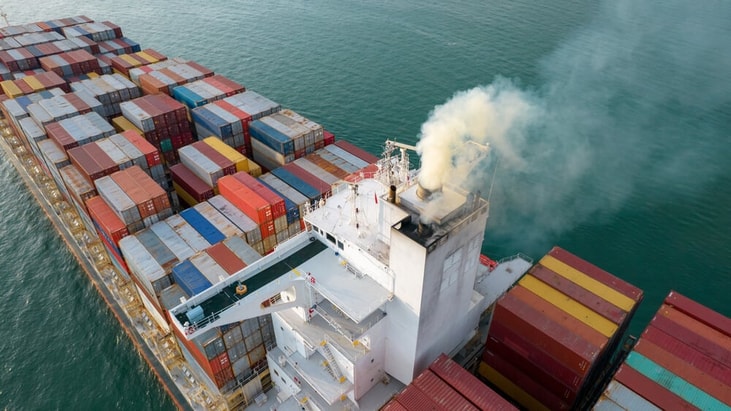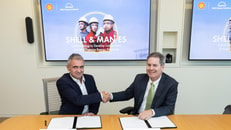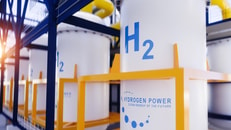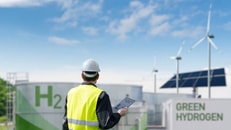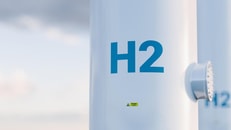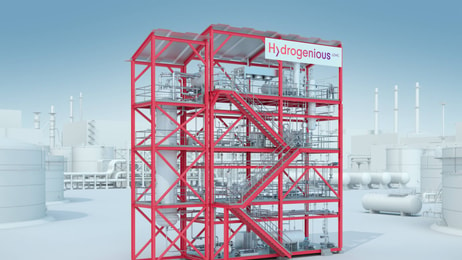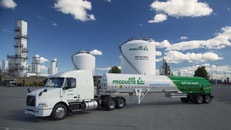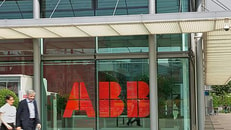Marine e-fuels policies don’t go far enough, says maritime forum
New policy measures set out by the United Nations-led agency the International Maritime Organisation (IMO) lay the groundwork for a transition to zero-emission fuels but may lack the incentives needed to make e-fuels like green ammonia and e-methanol commercially viable in the near term.
That is according to independent not-for-profit foundation the Global Maritime Forum, which warned that the shipping industry risks delayed adoption of scalable zero-emission fuels unless stronger policy and investment signals are put in place.
“The IMO’s new framework is an historic step forward, but unless e-fuels become competitive early on there is a risk that the sector will run into bottlenecks as … decarbonisation efforts scale up,” said Jesse Fahnestock, Director of Decarbonisation at the Forum.
... to continue reading you must be subscribed

